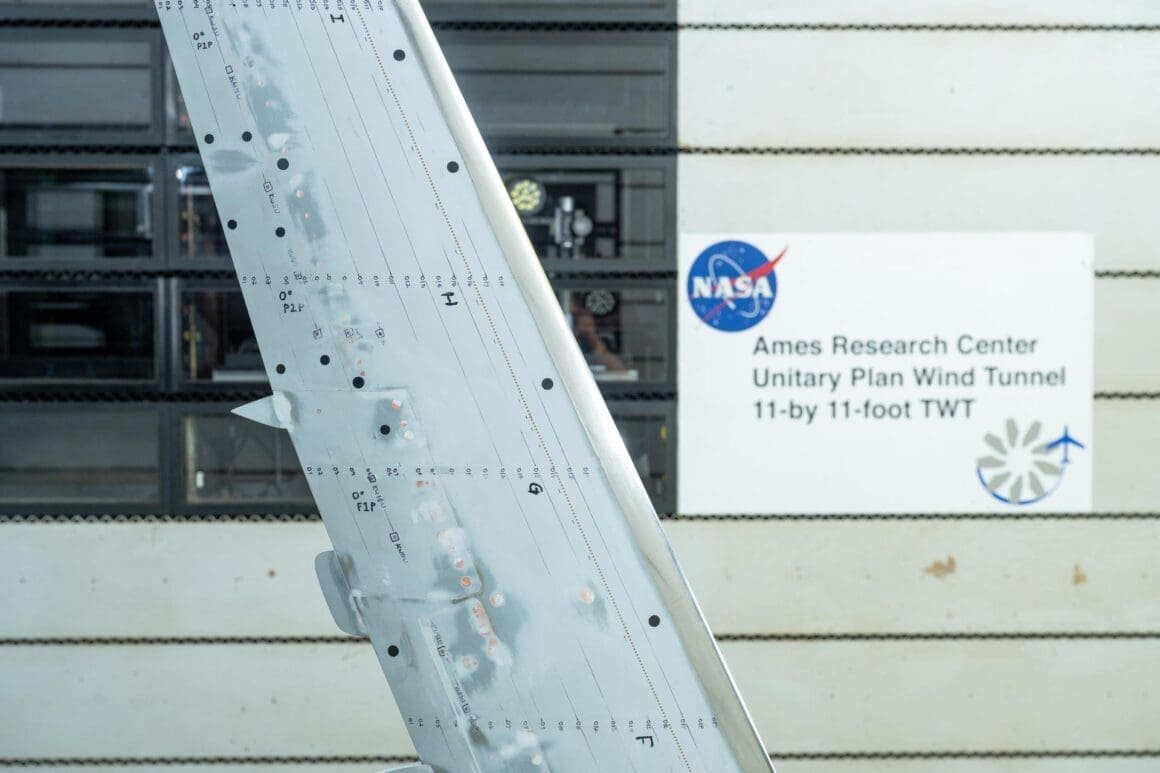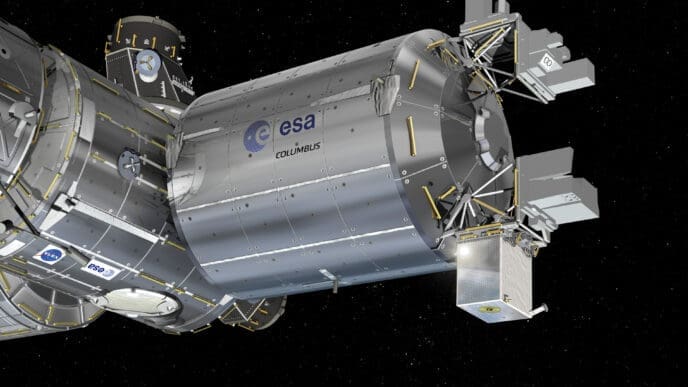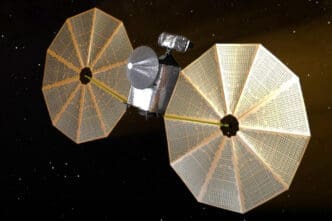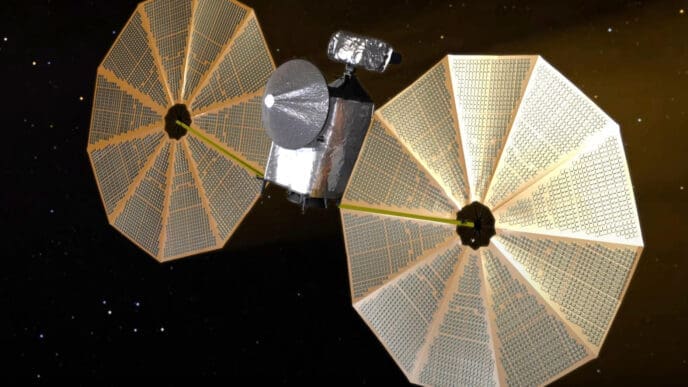NASA has wrapped up wind tunnel testing for the X-66 model. These tests, crucial for aircraft design, were done at the Ames Research Center. The X-66 aims to generate data that will influence its aerodynamic design. This approach will help in understanding airflow dynamics.
The innovative X-66 project is part of NASA’s mission for more sustainable flight. By gathering vital information on the plane’s aerodynamics, the team seeks to refine the X-66’s design. This could lead to a breakthrough in fuel efficiency and reduced drag, paving the way for new airliner designs.
The Rollout of X-66 Testing
In an ambitious step toward the future of aviation, NASA’s X-66 model underwent comprehensive wind tunnel testing last fall. Conducted at the Ames Research Center, these tests aim to gather essential data on flight conditions. The model, a semi-span design, is instrumental for its symmetrical properties.
It’s exciting! Engineers use this unique approach to mirror real aircraft conditions, enabling them to gather detailed data. The aim is to refine the design further. The data gathered will be pivotal in shaping the next stages of the X-66’s development.
Understanding Semi-Span Testing
The semi-span model of X-66 delivers unique benefits. It offers a closer look at how airflow affects the aircraft.
These tests allow engineers to explore the aircraft’s lift, drag, and stability under varying conditions. This bird’s-eye view is foundational for gathering vast amounts of data.
The analysis is ongoing and will guide the NASA team in making necessary adjustments. Insights will shape the real X-66 model, honing its aerodynamics and efficiency for production.
Pressure Points and Aerodynamics
The installation of pressure points marked a breakthrough moment in these tests. Sensors at these points capture the nuances of airflow dynamics.
Through this setup, the team can fine-tune the X-66’s wings, focusing on reducing drag and increasing lift.
Such innovations signify NASA’s commitment to leading the next wave of green aviation technology, optimizing air travel.
From Wind Tunnels to Simulators
As tests progress, the information collected is not just for design but also for flight simulators. It’s about knowing how the X-66 will perform in reality.
By using this data, simulators can create realistic flight conditions. This development is vital in bridging the gap between testing and actual flights.
The closer the simulation to reality, the more refined the actual flight experience will become for future pilots.
Pushing for Green Aviation
NASA’s X-66 project signifies a leap towards green aviation. The data gathered could revolutionize aircraft designs, making them more ecofriendly.
The commitment to sustainability is evident. By optimizing aerodynamics, the X-66 could lead to significant reductions in fuel consumption.
NASA is not just testing models; it’s carving a path for future airlines to follow, ensuring aviation becomes a greener industry.
Partners in Innovation
NASA’s collaboration with Boeing underscores the mutual goal of advancing aviation. Both parties bring expertise and drive innovation.
It is a powerful alliance. Combining NASA’s visionary projects and Boeing’s practical know-how accelerates development.
The X-66 is an experimental stage now, but it represents the dawn of a new era in aircraft design.
Leading the Next Generation of Airliners
The project seeks to inform the design of future single-aisle airliners, which dominate the commercial sector.
With flight data in hand, NASA aims to refine designs, leading to greater efficiency and sustainability in aviation.
Expectations are that the X-66 will inspire designs that will populate the skies soon, heralding a new age of air travel.
NASA’s X-66 tests are more than just a step forward in design; they’re leading a revolution in green aviation. This project exemplifies the future of sustainable flight. With ongoing innovations, humanity’s skies are bound for a cleaner, more efficient future.












